Home>Articles>Best Horticulture Cultivation Hand Made Hand Tools
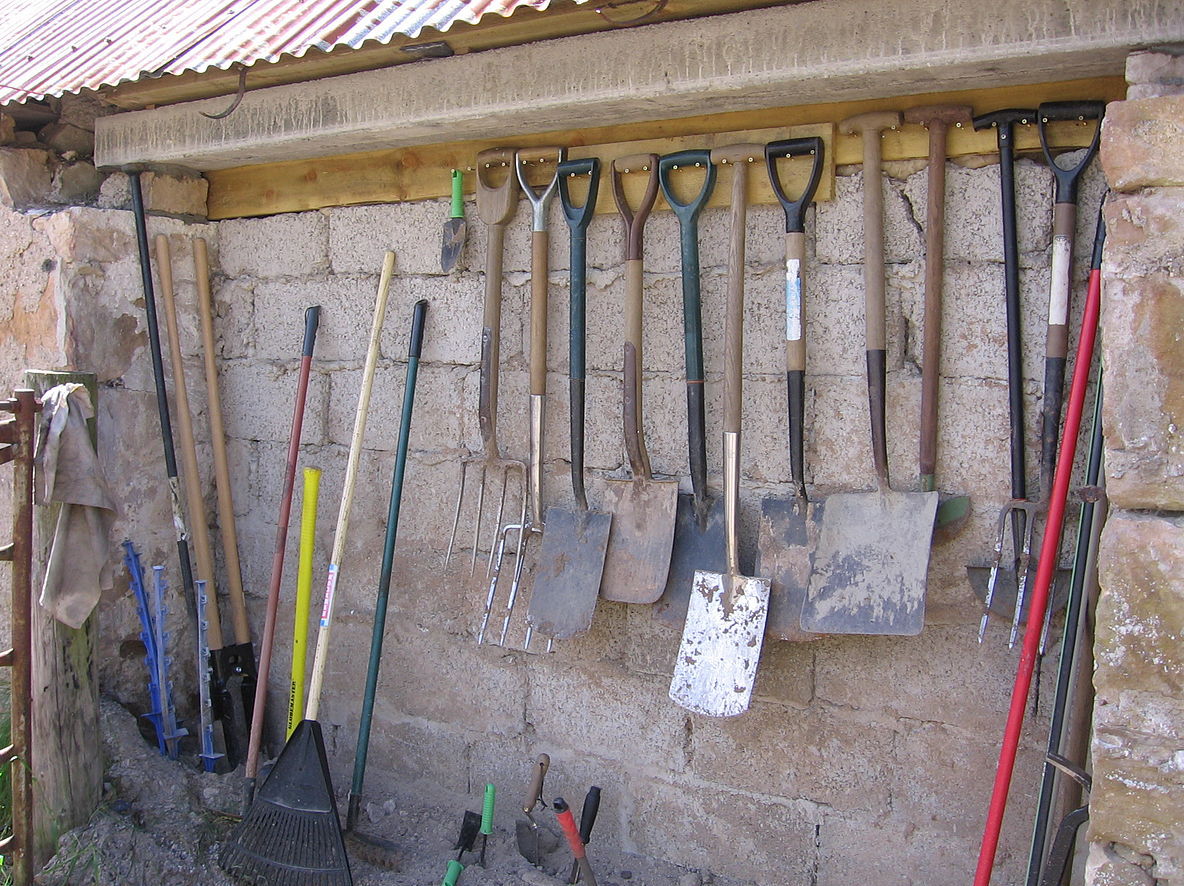

Articles
Best Horticulture Cultivation Hand Made Hand Tools
Modified: December 7, 2023
Discover the art of horticulture cultivation using hand tools made by hand. Explore informative articles on the techniques and benefits of manual gardening.
(Many of the links in this article redirect to a specific reviewed product. Your purchase of these products through affiliate links helps to generate commission for Storables.com, at no extra cost. Learn more)
Introduction
In the world of gardening and cultivation, there is a timeless charm in working with hand tools. While modern machinery has revolutionized agriculture on a large scale, the simplicity and intimacy of horticulture cultivation using hand tools still hold a special place in the hearts of many gardeners and farmers. These tools, which may have been made by hand, offer a unique connection to the land and a sense of craftsmanship that is often lost in the age of mass production.
Hand tools play a vital role in horticulture cultivation, enabling gardeners and farmers to tend to their plants with precision and care. From the humble trowel to the sturdy garden rake, each tool has a specific purpose and contributes to the success of a cultivation endeavor. In this article, we will explore the benefits of horticulture cultivation using hand tools, the various types available, the traditional methods of construction, the advantages of handmade tools, techniques for using them effectively, and maintenance tips to ensure their longevity.
As society becomes more conscious of sustainability and the environment, there is a renewed interest in traditional practices and craftsmanship. Hand tools exemplify this movement, as they are often made using time-honored techniques and are built to last. The art of crafting these tools has been passed down through generations, preserving not only the functionality but also the cultural significance of these handmade implements.
While the convenience of modern machinery cannot be ignored, using hand tools in horticulture cultivation has its own set of advantages. They offer a quieter and more intimate experience, allowing gardeners to connect with the earth and their plants on a deeper level. The thoughtful design and craftsmanship of these tools promote ergonomics, minimizing strain and discomfort during long hours of use.
In the following sections, we will delve into the various types of hand tools used in horticulture cultivation, the traditional methods of construction, the benefits of handmade tools, techniques for using them effectively, and the importance of proper maintenance. By the end of this article, you will have a deeper appreciation for the artistry and practicality of these handcrafted tools and may even be inspired to incorporate them into your own gardening or farming routine.
Key Takeaways:
- Embracing the simplicity and craftsmanship of hand tools in horticulture cultivation fosters a deeper connection to the land, promotes environmental stewardship, and yields bountiful, healthy crops.
- Handmade hand tools offer a unique connection to the past, embodying skilled craftsmanship, durability, and authenticity, enhancing the overall gardening and farming experience.
Read more: What Are Hand Tools Made Of
Benefits of Horticulture Cultivation
Horticulture cultivation, whether practiced on a small scale in a backyard garden or on a larger scale in a commercial farm, offers a variety of benefits. The use of hand tools in this cultivation process further enhances these advantages. Let’s explore some of the key benefits of horticulture cultivation using hand tools:
- Environmentally Friendly: Hand tools have a minimal impact on the environment. They do not require fuel or electricity to operate, reducing carbon emissions and energy consumption. Additionally, the use of hand tools promotes sustainable practices, such as organic gardening and permaculture, which contribute to the overall health of the ecosystem.
- Precision and Control: Hand tools allow gardeners and farmers to have precise control over their cultivation activities. With tools like hand pruners or hand forks, they can selectively prune or harvest plants without damaging surrounding vegetation. This level of precision is essential for maintaining the health and productivity of the garden or farm.
- Improved Soil Health: Hand tools enable gardeners to work the soil gently, reducing compaction and preserving the soil structure. Manual cultivation practices, such as hand tilling and hand weeding, promote aeration and nutrient availability in the soil. This leads to healthier plant growth and improved overall soil health.
- Promotes Physical Fitness: Working with hand tools in horticulture cultivation is a great form of exercise. It engages various muscle groups, improves dexterity, and enhances overall physical fitness. The rhythmic movements involved in gardening or farming activities can be both relaxing and energizing.
- Cost-Effective: Hand tools are generally more affordable than their mechanical counterparts. They require minimal maintenance and are built to last, offering long-term cost savings. Additionally, the simplicity of hand tools makes them accessible to a wide range of individuals, regardless of financial resources.
- Connection to Nature: Hand tools provide a deeper connection to the natural world. The tactile experience of working with soil and plants promotes mindfulness and a sense of calm. It allows individuals to appreciate the beauty and intricacy of nature, fostering a sense of awe and wonder.
These are just a few of the many benefits of horticulture cultivation using hand tools. By embracing the simplicity and craftsmanship of these tools, gardeners and farmers can create sustainable and fulfilling cultivation practices that promote environmental stewardship and enhance their overall well-being.
Types of Hand Tools used in Horticulture Cultivation
Hand tools are the backbone of horticulture cultivation, enabling gardeners and farmers to perform various tasks with precision and efficiency. Each tool is designed for a specific purpose, and understanding their functions is crucial for successful cultivation. Here are some common types of hand tools used in horticulture cultivation:
- Trowel: The trowel is a versatile hand tool with a curved metal blade. It is used for digging small holes, transplanting seedlings, and breaking up soil clumps. The compact size and sturdy construction make it indispensable for a wide range of gardening tasks.
- Garden Fork: The garden fork features sharp, sturdy tines that penetrate the soil, making it ideal for loosening compacted soil and removing weeds. It is also useful for turning compost and mixing organic matter into the soil. The forked design prevents damage to root systems during cultivation.
- Pruning Shears: Pruning shears, also known as hand pruners or secateurs, are used for precise pruning of plants. They have a bypass or anvil design and are capable of cutting through small branches and stems. Pruning shears are indispensable for shaping plants, removing dead growth, and improving overall plant health.
- Garden Rake: The garden rake features long, sturdy tines that are useful for leveling soil, removing debris, and breaking up clumps. It is also used for spreading mulch and creating smooth seedbeds. The rake’s wide head covers a large area, making it efficient for larger-scale cultivation projects.
- Weeder: A weeder is a hand tool designed to remove weeds from the soil. It typically has a forked tip or a hooked blade, which allows for easy access to weed roots. Weeding regularly helps maintain the health and appearance of the garden by reducing competition for nutrients and water.
- Cultivator: A cultivator has multiple curved tines that help remove weeds and aerate the soil. It is useful for preparing seedbeds and breaking up compacted soil. Some cultivators come with telescopic handles, allowing gardeners to work in tight spaces or adjust the length for ergonomic comfort.
- Hand Hoe: Hand hoes are versatile tools with a curved blade on one side and a point on the other. They are used for digging furrows, removing weeds, and breaking up soil. The curved blade is ideal for making planting rows, while the pointed end can be used for cultivating and edging.
These are just a few examples of the hand tools used in horticulture cultivation. Each tool serves a specific purpose and can greatly enhance the efficiency and effectiveness of cultivation activities. By having a well-rounded set of hand tools, gardeners and farmers can tackle various tasks and maintain the health and productivity of their plants and soil.
Traditional Methods of Hand Tool Construction
In an era dominated by mass production and mechanization, the traditional methods of hand tool construction offer a glimpse into the craftsmanship and artistry of the past. These methods have been refined over generations and often involve skilled artisans who create tools using time-honored techniques. Let’s explore some of the traditional methods used in hand tool construction:
- Forging: Forging is a traditional method of shaping metal by heating it in a forge and hammering it into the desired form. Hand tools like trowels, garden forks, and hand hoes are often forged from high-quality steel. The process involves heating the metal until it becomes malleable, then carefully shaping and tempering it to achieve durability and strength.
- Woodworking: Many hand tools, particularly those with handles, incorporate woodworking techniques in their construction. Skilled craftsmen shape and carve wooden handles, ensuring a comfortable grip and ergonomic design. Traditional joinery methods, such as mortise and tenon or dovetail joints, are often employed to securely attach the handle to the tool head.
- Welding and Brazing: In the construction of larger hand tools or tools with complex designs, welding and brazing are often utilized. Welding involves fusing metal parts together using heat, while brazing involves joining them with a filler metal. These methods create strong and durable connections, ensuring the longevity and reliability of the hand tool.
- Handcrafting: Handcrafting refers to the meticulous process of shaping and finishing hand tools using hand tools themselves. This involves the use of specialized files, rasps, and grinding stones to refine the edges and surfaces of the tools. Handcrafting ensures that each tool is carefully crafted, with attention paid to every detail, resulting in a tool that is not only functional but visually appealing as well.
- Traditional Heat Treatment: Heat treatment is a vital step in hand tool construction, as it enhances the hardness and durability of the metal. Traditional methods of heat treatment, such as quenching and tempering, are often employed. This process involves heating the tool to a specific temperature, then rapidly cooling it to harden the metal. Subsequently, the tool is reheated and slowly cooled to achieve the desired level of hardness and toughness.
These traditional methods of hand tool construction require a high level of skill, expertise, and attention to detail. They ensure that each tool is made with precision, durability, and functionality in mind. The handcrafted nature of these tools imbues them with a sense of authenticity and uniqueness, as no two tools are exactly alike.
While modern manufacturing techniques have made tools more accessible and affordable, there is still a place for traditional methods. Some artisans and craftsmen continue to embrace these techniques, preserving the art of hand tool construction and creating tools that are not only functional but also pieces of art. The use of traditional methods in hand tool construction reinforces the value of craftsmanship, paying homage to the heritage and legacy of these timeless tools.
When using hand tools for horticulture cultivation, ensure they are sharp and well-maintained to make the work easier and more efficient. Regularly clean and oil the tools to prevent rust and damage.
Advantages of Handmade Hand Tools
Handmade hand tools offer a distinct set of advantages compared to their mass-produced counterparts. Crafted with care and attention to detail, these tools go beyond mere functionality, offering a unique connection to the past and a sense of authenticity. Let’s explore some of the key advantages of using handmade hand tools in horticulture cultivation:
- Craftsmanship: Handmade hand tools are the result of skilled craftsmanship. Artisans who create these tools often have years of experience and a deep understanding of the materials and techniques involved. The attention to detail, precision, and quality of workmanship shine through in every tool, making them a joy to use.
- Durability: Handmade hand tools are built to last. Crafted from high-quality materials and constructed with meticulous care, these tools are often more durable than their mass-produced counterparts. They are designed to withstand the rigors of horticulture cultivation and can endure years of use, making them an investment that pays off in the long run.
- Ergonomics: Handmade hand tools are often designed with ergonomics in mind. Craftsmen take into consideration the comfort and efficiency of the user, shaping handles and tool heads to promote a natural and comfortable grip. Using ergonomically designed tools reduces strain and fatigue, allowing for longer and more enjoyable cultivation sessions.
- Unique and Individual: Each handmade hand tool is unique and carries the mark of the artisan who created it. While mass-produced tools may be uniform and standardized, handmade tools have subtle variations and nuances that make them one-of-a-kind. Owning a handmade tool adds a personal touch to the cultivation experience, fostering a sense of connection and pride.
- Supporting Local Craftsmanship: Choosing handmade hand tools supports local artisans, preserving traditional craftsmanship and keeping these skills alive. By purchasing handmade tools, you contribute to the sustainability of local economies and help maintain the rich heritage and culture associated with hand tool construction.
- Environmental Sustainability: Handmade hand tools have a smaller ecological footprint compared to mass-produced tools. They often utilize sustainable materials and traditional construction methods that prioritize durability and repairability. By investing in handmade tools, you reduce the need for frequent replacements, contributing to a more sustainable and environmentally friendly approach to cultivating the land.
These advantages demonstrate the value and appeal of handmade hand tools in horticulture cultivation. They offer a level of craftsmanship, durability, and uniqueness that cannot be replicated by mass-produced tools. When using handmade tools, every cultivation task becomes a testament to the artistry and dedication of the artisans who crafted them, creating a deeper sense of connection and appreciation for the work at hand.
Read more: Who Made Craftsman Hand Tools
Techniques for Using Hand Tools in Horticulture Cultivation
Using hand tools effectively in horticulture cultivation requires finesse, precision, and knowledge of proper techniques. Whether you are a beginner or an experienced gardener, mastering these techniques can greatly enhance your cultivation results. Here are some essential techniques for using hand tools in horticulture cultivation:
- Proper Gripping: When using hand tools, it is important to have a firm yet comfortable grip. Hold the tool firmly but not too tightly to maintain control and prevent strain. Adjust your grip as needed to accommodate different tools and tasks, ensuring that you have a secure hold at all times.
- Appropriate Pressure: Each hand tool requires a different amount of pressure for optimal performance. For instance, when using a trowel to dig a hole, apply gentle downward pressure to penetrate through the soil. When using pruning shears, apply enough pressure to make clean cuts without exerting unnecessary force.
- Angling and Positioning: The angle and position at which you hold a hand tool can greatly affect its effectiveness. When using a garden fork to loosen soil, insert it at a slight angle and push it down firmly to break up clumps. When using a hand hoe, position it at a shallow angle and pull it towards you to remove weeds and cultivate the soil.
- Pruning Techniques: When pruning plants with hand tools, it is important to follow proper pruning techniques. Make clean and precise cuts just above the node or lateral branch. Remove dead or diseased branches first and prioritize the removal of any crossing or rubbing branches to improve airflow and prevent further damage.
- Efficient Digging: When using a trowel or hand shovel to dig holes or transplant seedlings, employ efficient digging techniques. Start by loosening the soil around the area, then insert the tool at an angle and push it down using your body weight. Remove the tool, and with a gentle twisting motion, lift and loosen the soil to create a well-prepared hole.
- Weeding Methods: Hand tools can be incredibly useful for removing weeds. When using a weeder, insert the tool near the base of the weed and dig deeply to remove the entire root system. For stubborn weeds, moisten the soil beforehand to ease the removal process. Regular weeding helps maintain the health and appearance of your garden.
- Effective Raking: When using a garden rake to level soil or remove debris, employ efficient rake techniques. Hold the rake handle firmly and use a pulling motion to collect and remove any unwanted debris. For leveling soil, use short, quick strokes while applying gentle pressure to create a smooth and even surface.
These techniques serve as a starting point for using hand tools effectively in horticulture cultivation. Remember to always prioritize safety and take breaks as needed to prevent fatigue. With practice and experience, you will develop your own unique set of techniques that work best for your specific gardening or farming needs.
Additionally, make sure to clean and properly store your hand tools after each use to maintain their longevity. Regular maintenance, such as sharpening blades, oiling wooden handles, and replacing worn parts, will keep your hand tools in optimal condition for years to come.
By honing your skills and employing these techniques, you will maximize the potential of your hand tools and achieve exceptional results in your horticulture cultivation endeavors.
Maintenance and Care for Hand Tools
Proper maintenance and care are essential for ensuring the longevity and optimal performance of hand tools used in horticulture cultivation. By implementing a regular maintenance routine, you can prevent damage, keep the tools in good condition, and extend their lifespan. Here are some important tips for maintaining and caring for hand tools:
- Cleaning: After each use, it is crucial to clean your hand tools to remove any dirt, debris, or plant residues that may have accumulated. Use a brush or sponge to scrub away dirt, and rinse with water if necessary. Dry the tools thoroughly to prevent rust formation.
- Sharpening Blades: Sharp blades are essential for effective tool performance. Regularly inspect the blades of your hand tools for signs of dullness or damage. Use a sharpening stone or file to sharpen the blades as needed, following the manufacturer’s recommendations for the specific tool.
- Oiling Wooden Handles: If your hand tools have wooden handles, it is important to keep them conditioned and protected. Apply a thin coat of linseed oil or another wood protectant to the handles to prevent drying, cracking, or warping. Allow the oil to soak in and wipe away any excess.
- Preventing Rust: Rust can severely damage hand tools, compromising their functionality and lifespan. To prevent rust formation, ensure that your hand tools are completely dry before storing them. You can also apply a thin coat of oil or use a rust inhibitor product to protect metal surfaces.
- Proper Storage: Storing hand tools in a clean, dry, and well-ventilated space is essential. Avoid exposing them to excessive moisture or extreme temperature fluctuations. Hang tools with looped handles on hooks or store them in a proper tool chest or rack to prevent damage and maintain organization.
- Inspecting and replacing parts: Regularly inspect the components of your hand tools, including handles, blades, and fasteners. If you notice any signs of wear, cracks, or loose parts, take the necessary steps to repair or replace them. Replace worn-out handles or blades to ensure safe and efficient tool use.
- Protecting from impacts: Avoid subjecting your hand tools to unnecessary impacts or dropping them, as this can cause damage or deformations. Treat your tools with care and handle them with caution to preserve their structural integrity.
- Following manufacturer’s instructions: Always refer to the manufacturer’s instructions for specific maintenance guidelines for your hand tools. Different tools may have varying care requirements, so it is important to understand and follow the recommendations provided by the manufacturer.
By incorporating these maintenance and care practices into your routine, you can ensure that your hand tools remain in optimal condition for years of reliable use. Regular inspection and maintenance not only extend the lifespan of your tools but also contribute to safer and more efficient horticulture cultivation activities.
Remember, investing a little time and effort into maintaining your hand tools will save you from the frustration of using damaged or ineffective tools and ultimately enhance your gardening and farming experience.
Conclusion
Horticulture cultivation using hand tools that may have been made by hand holds a distinct charm and offers numerous benefits to gardeners and farmers. Throughout this article, we have explored the advantages of horticulture cultivation using hand tools, the various types of hand tools available, the traditional methods of hand tool construction, the benefits of handmade tools, techniques for using hand tools effectively, and the importance of maintenance and care.
Hand tools provide a more intimate and sustainable approach to cultivation, offering precision, control, and a connection to the natural world. They are environmentally friendly, promote physical fitness, and foster a deep sense of craftsmanship. By utilizing hand tools, gardeners and farmers can improve soil health, efficiently tend to plants, and enjoy a rewarding and meaningful cultivation experience.
The types of hand tools used in horticulture cultivation, such as trowels, garden forks, pruning shears, and cultivators, serve specific purposes and contribute to successful cultivation practices. These tools, often handmade using traditional methods, exhibit exceptional craftsmanship and durability.
Adopting proper techniques for using hand tools, including gripping, angling, and pressure, allows for efficient and effective cultivation. Employing these techniques ensures precision in digging, weeding, pruning, and raking tasks, resulting in healthier plants and improved overall garden or farm maintenance.
Maintaining and caring for hand tools is essential for their longevity and optimal performance. Regular cleaning, sharpening blades, oiling wooden handles, preventing rust, proper storage, and inspecting and replacing parts are all key aspects of hand tool maintenance. By implementing a routine for maintenance and following manufacturer’s instructions, gardeners and farmers can extend the lifespan of their tools and enjoy consistent performance in their cultivation activities.
In conclusion, horticulture cultivation using hand tools that may have been made by hand offers a unique and fulfilling approach to gardening and farming. The simplicity, craftsmanship, and sustainability of these tools greatly contribute to the success and enjoyment of horticulture activities. Whether you are a seasoned gardener or a beginner, incorporating hand tools into your cultivation routine can enhance your connection to the land, promote environmental stewardship, and yield bountiful, healthy crops.
Frequently Asked Questions about Best Horticulture Cultivation Hand Made Hand Tools
Was this page helpful?
At Storables.com, we guarantee accurate and reliable information. Our content, validated by Expert Board Contributors, is crafted following stringent Editorial Policies. We're committed to providing you with well-researched, expert-backed insights for all your informational needs.
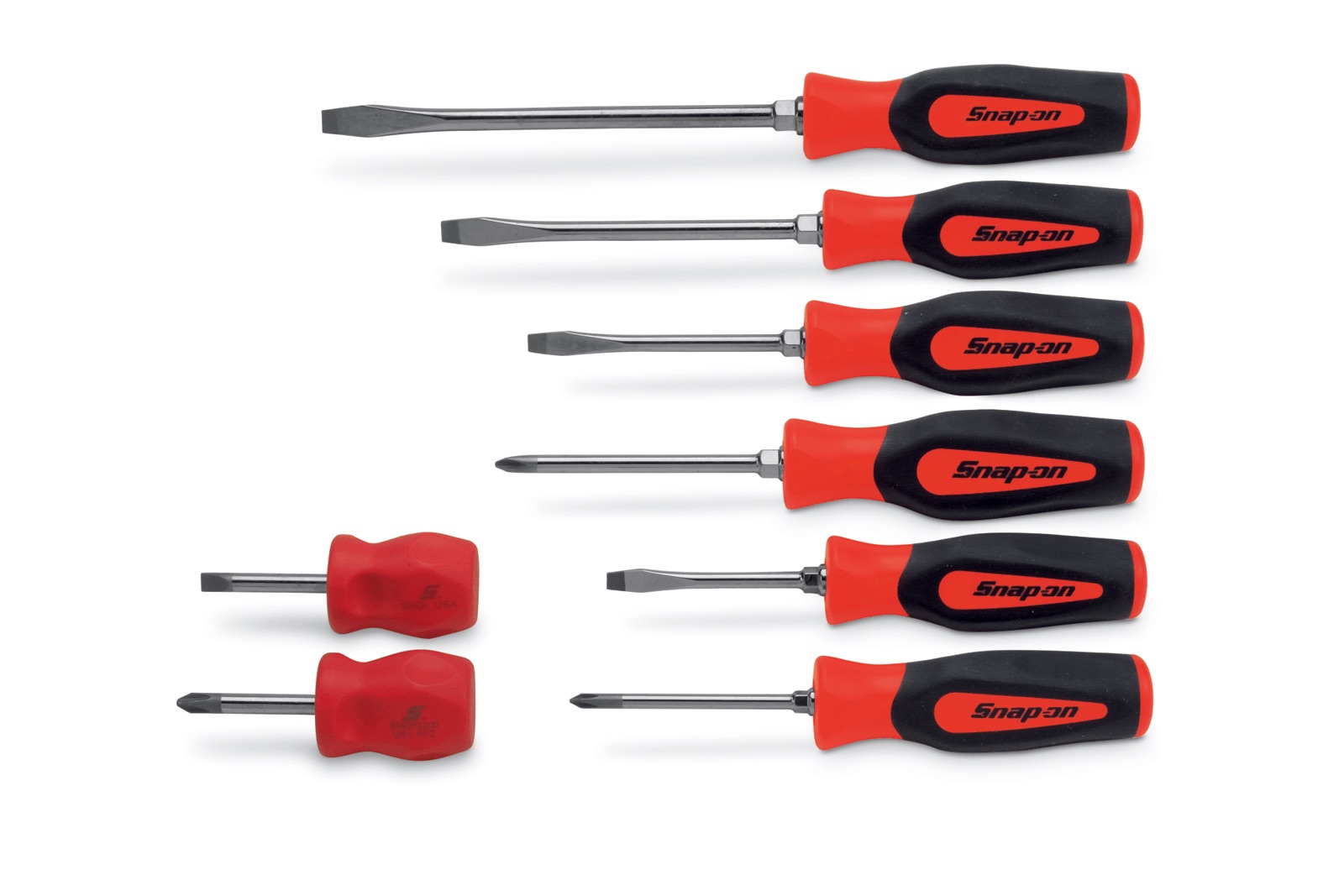
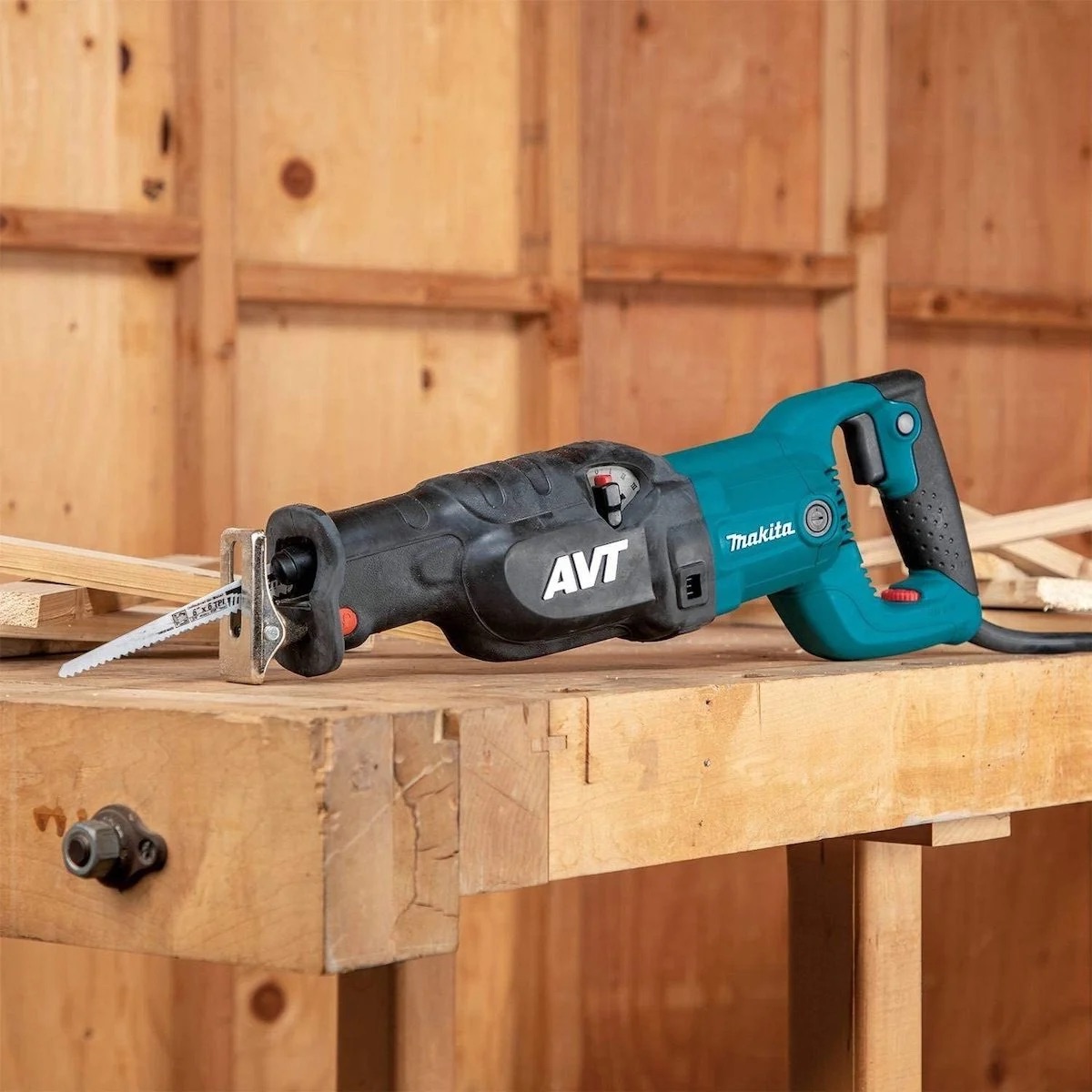
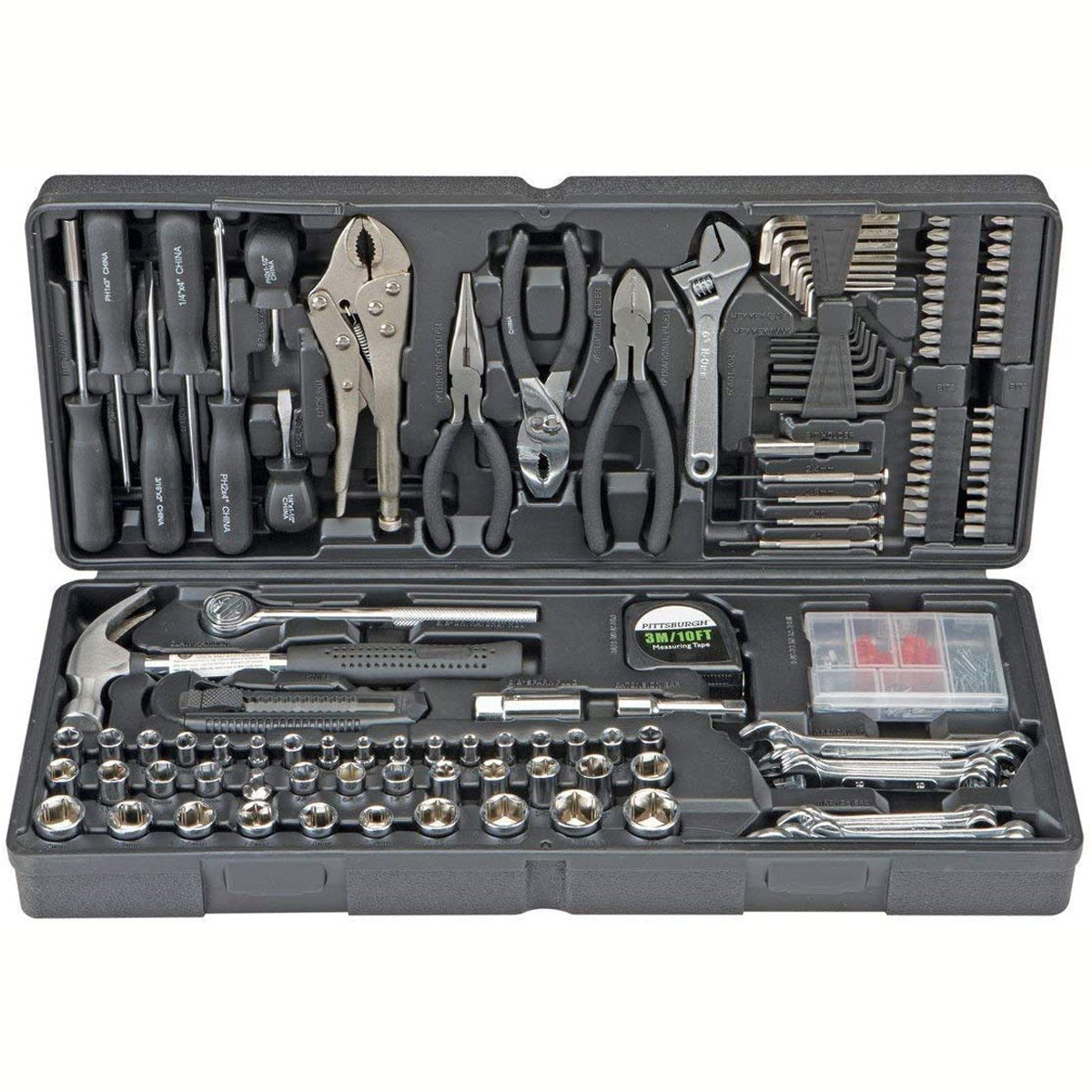
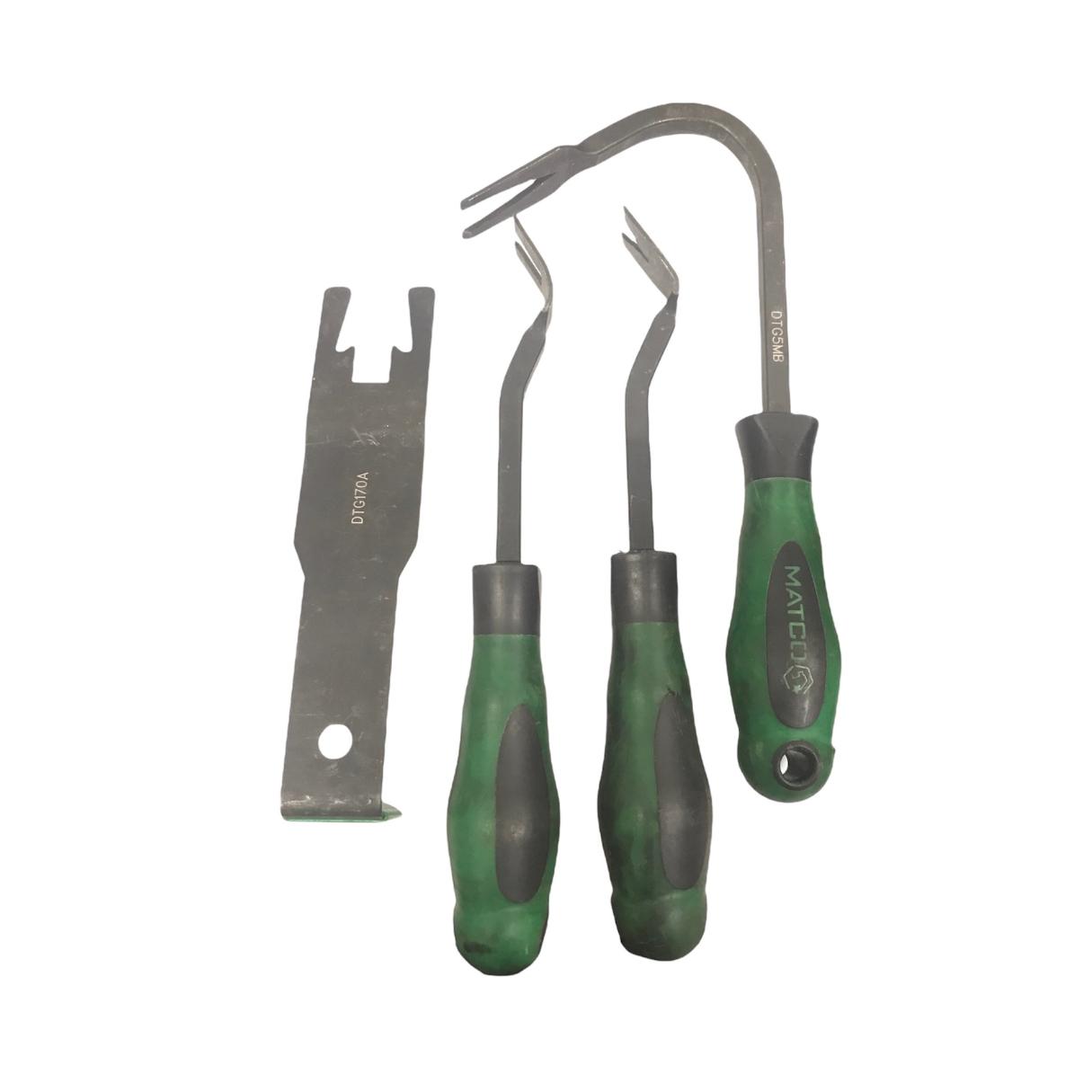
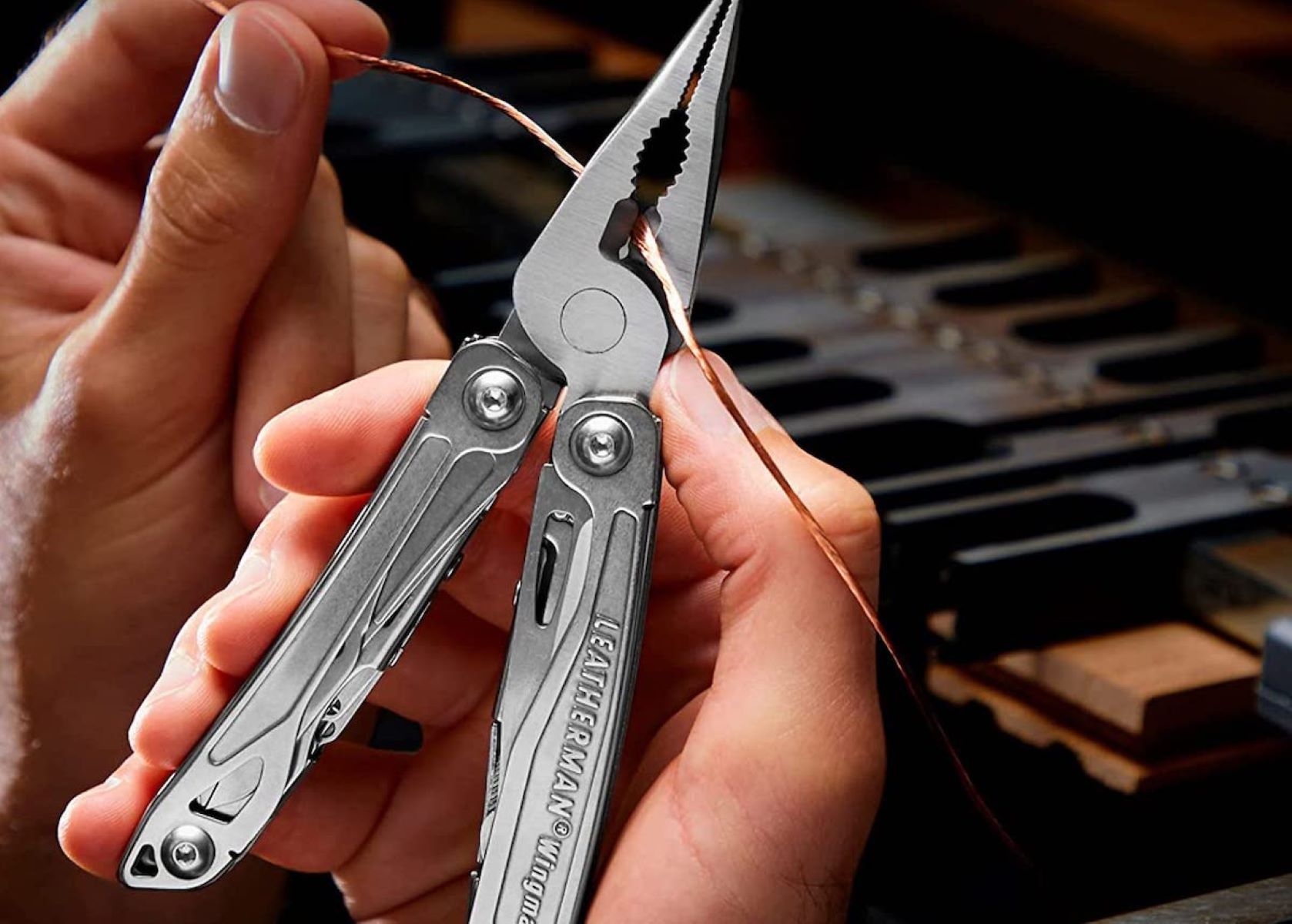
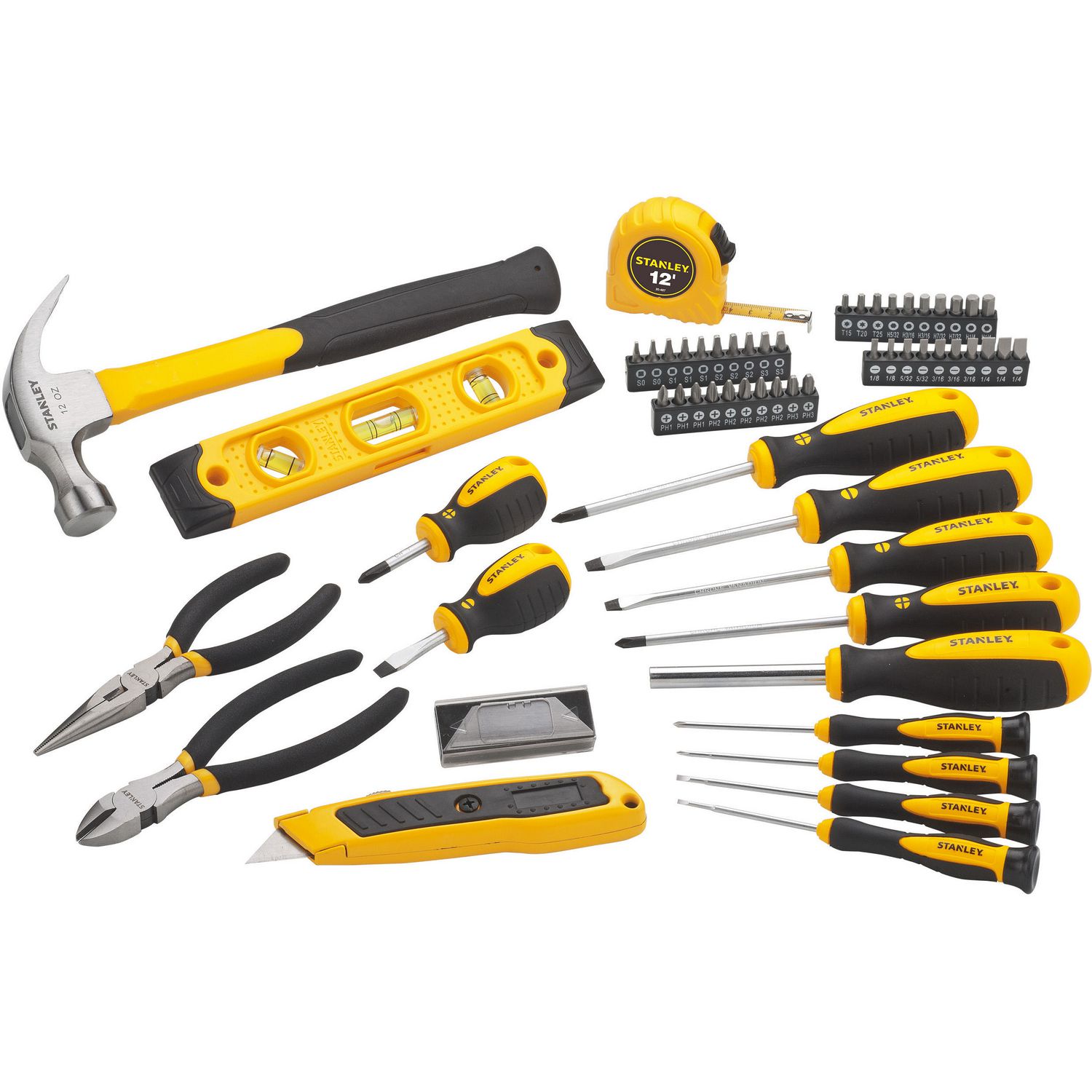
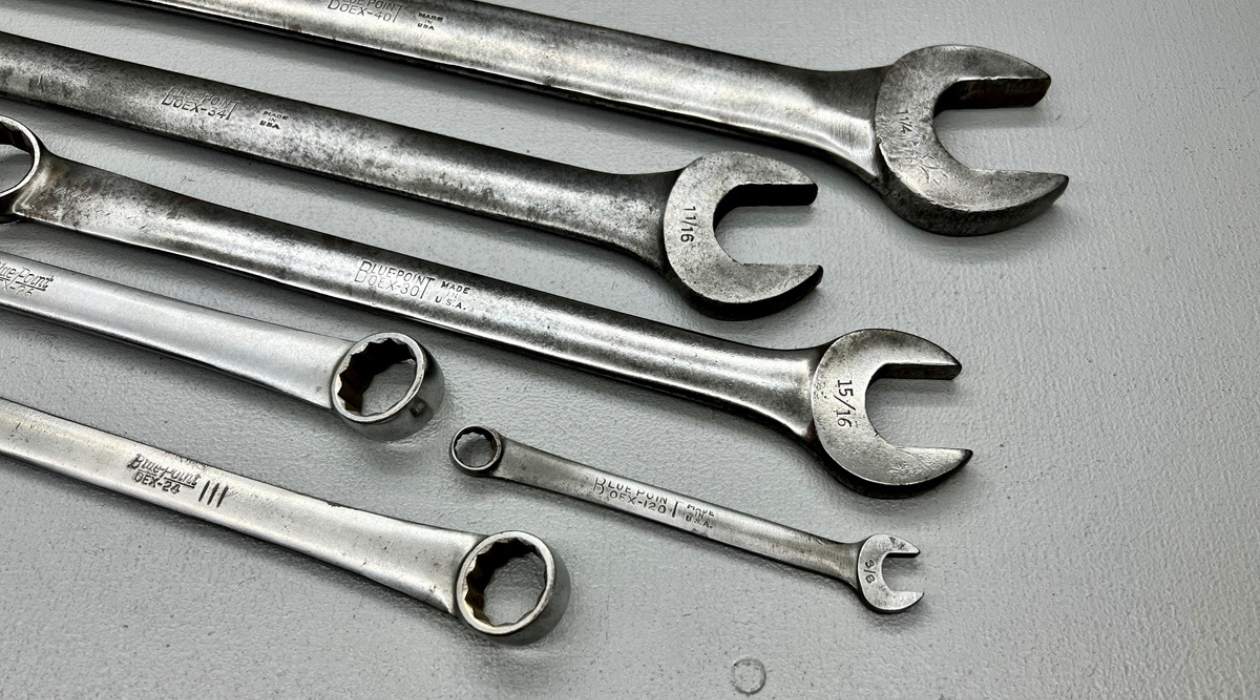
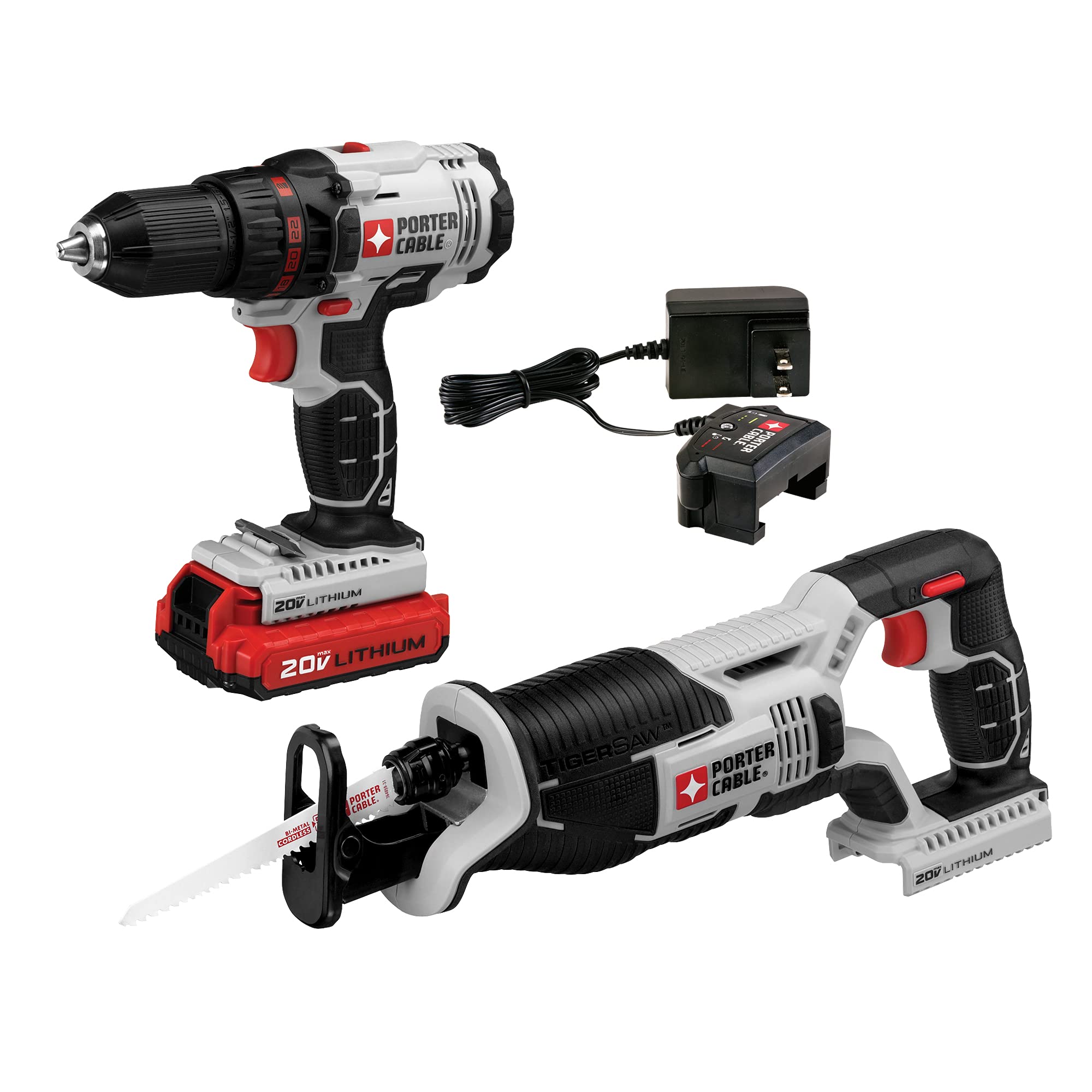
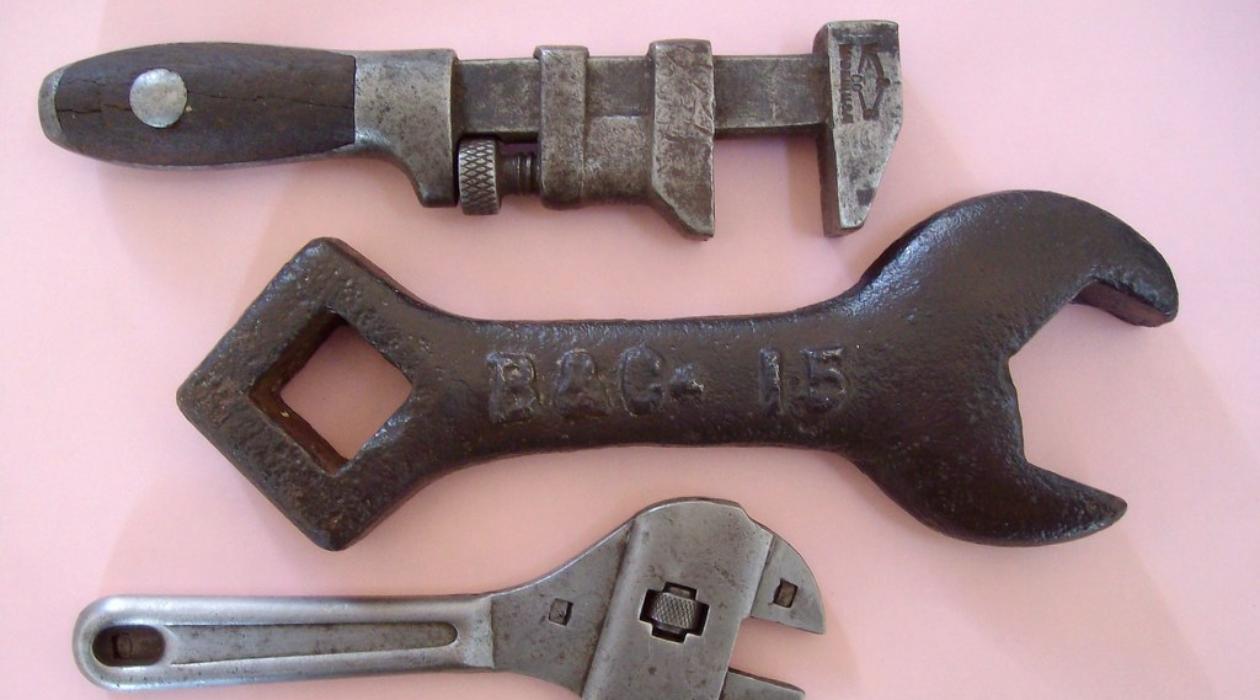
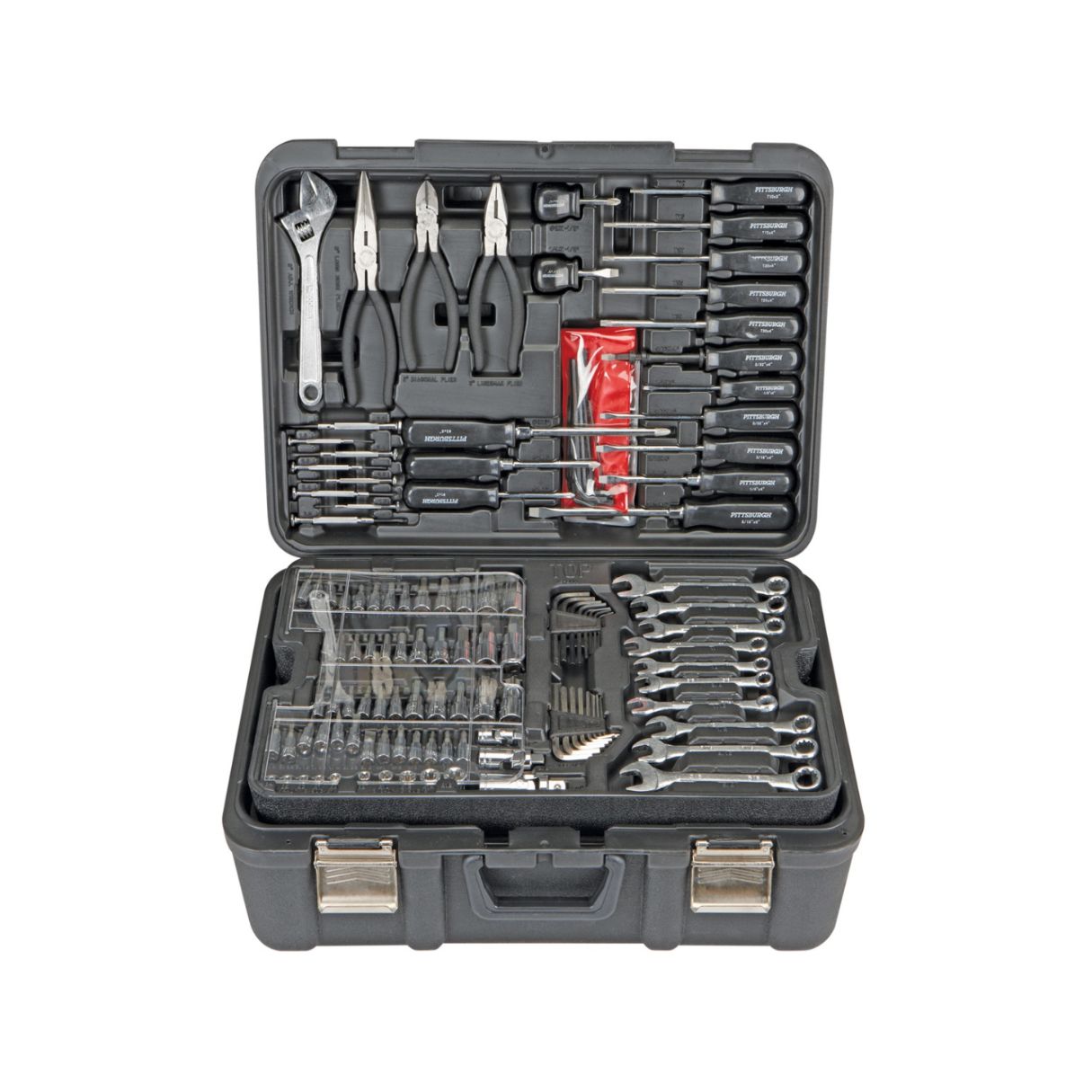
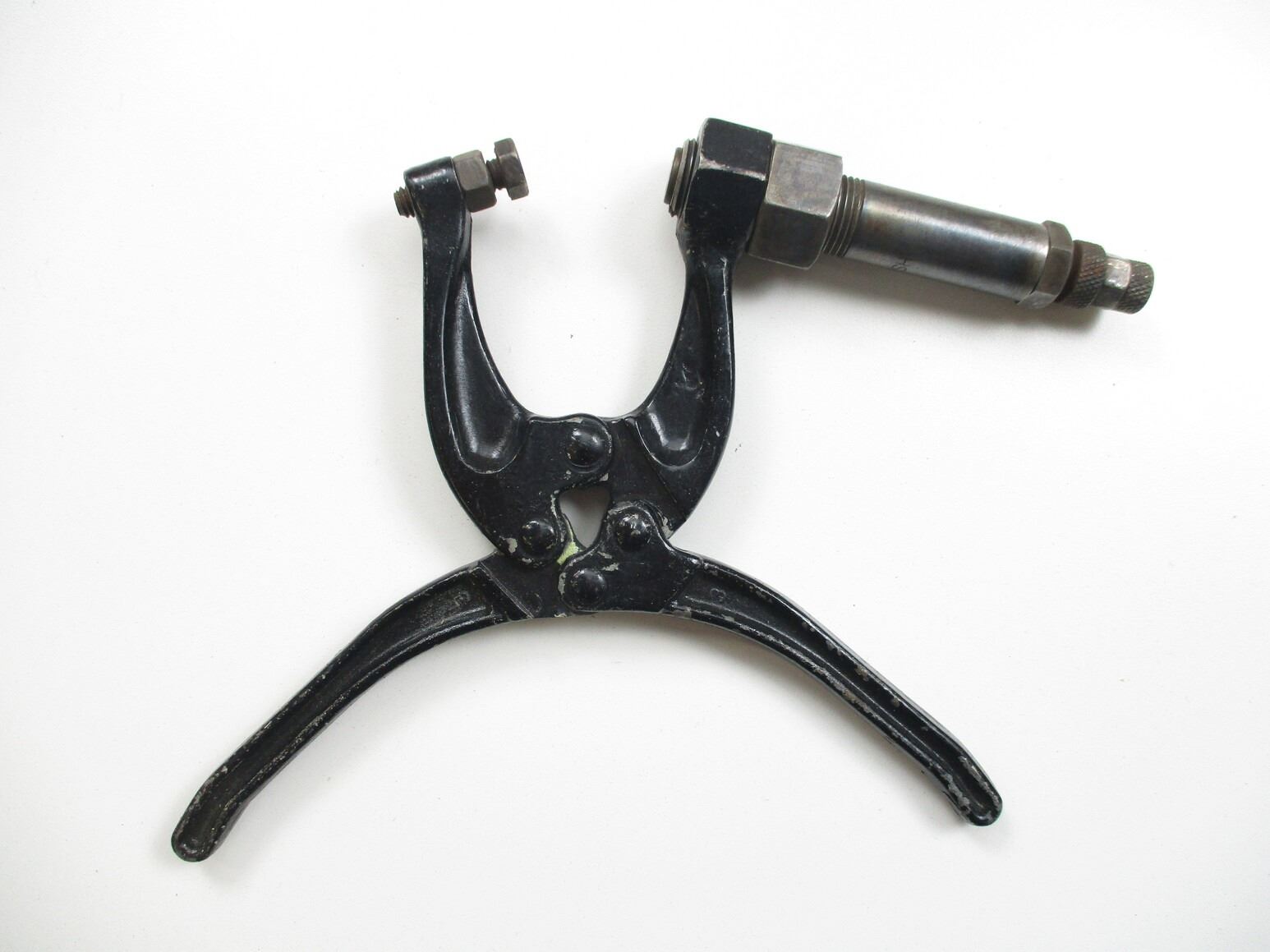

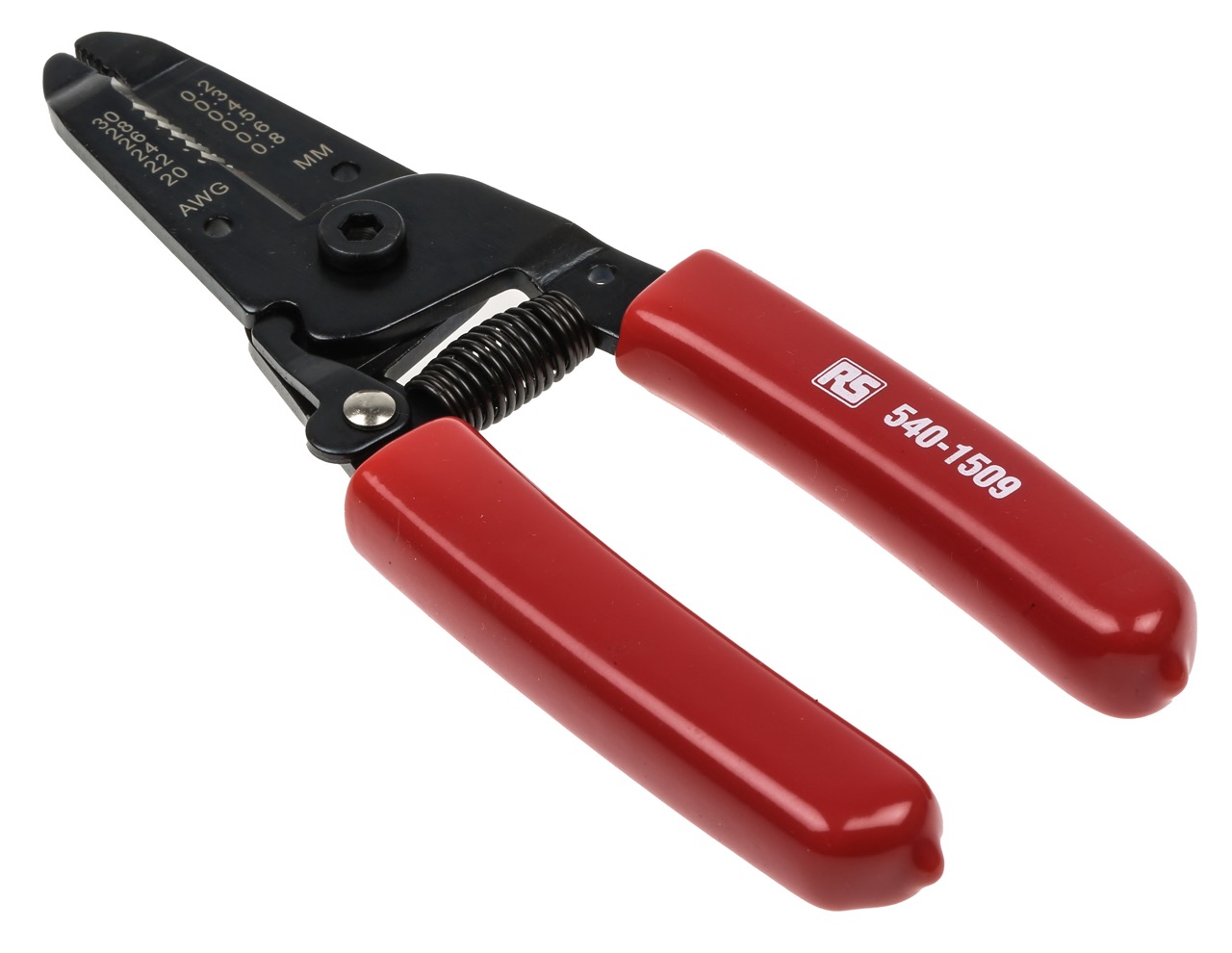


0 thoughts on “Best Horticulture Cultivation Hand Made Hand Tools”